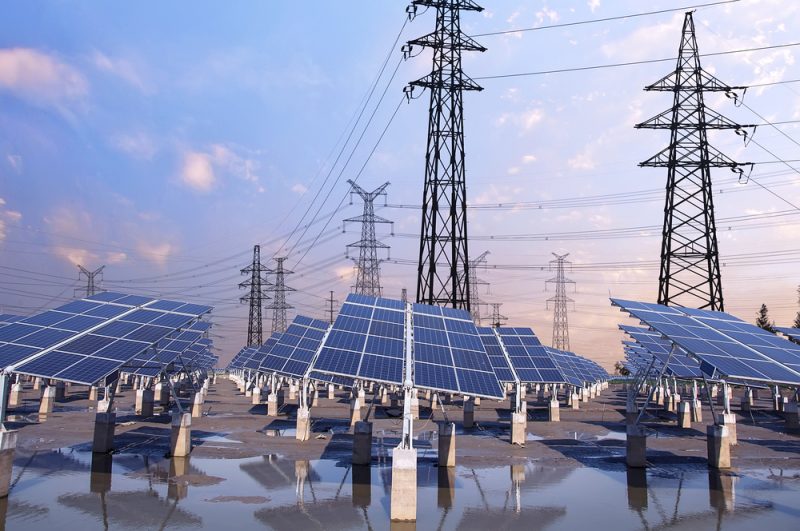Wolfspeed demonstrates the potential for silicon carbide to modernize U.S. energy grid

The introduction of more modern electric products is transforming the nation’s aging power grid while also taxing it more than ever before — but a company named Wolfspeed could change the way customers interact with the grid and dramatically increase its ability to adapt.
Silicon carbide technology is at the core of the company’s plan. That technology allows it to advance a trend popularized in just about every corner of the technological marketplace: greater efficiency paired with smaller size. Thus far, many of their experiments with the technology have focused on the lower voltage side of the market, but the company is beginning to push its potential to make the whole grid more resilient. Strengthening the grid’s resiliency, particularly after natural disasters that lead to service disruptions, is critical.
“The grid is currently built around the construct of having these big, central power plants,” John Palmour, co-founder and chief technology officer for Power and RF at Cree, said in an interview with Daily Energy Insider. “You keep adding more distributive power and the grid can’t handle it.”
Wolfspeed is owned by Durham, North Carolina-based Cree, a manufacturer of LED lighting and components. It has been making headway on smaller footprints, higher storage capacity and cost cutting measures for future electronic vehicles. To do so, Wolfspeed is developing an electric car charging device that can be as small as a gas pump and, using wide bandgap semiconductor technology, charge vehicle batteries in about four minutes. Modern electric vehicles take at least triple that, using existing technology.
The U.S. Department of Energy’s Advanced Research Projects Agency-Energy (ARPA-E) believes in the idea enough that it has slated $1.91 million to assist in the company’s effort.
This factors in to the grid issue. As more electric vehicles appear on the market, coupled with mass transit, data and other energy pullers, what would happen to the existing electric grid if everything was plugged in all at once? Potential overload.
Traditionally, the transformers that operate the grid are wound with expensive copper wire, and the units themselves can weigh thousands of pounds. Power devices also typically use silicon, a product that falters at higher voltages. Silicon carbide can operate at those voltages, and does so without its electricity ever needing to pass through a transformer to reduce its voltage levels first.
“So instead of a substation being a quarter of an acre, it becomes the size of a gas pump,” Palmour said. “It can be a very small, compact thing that doesn’t take up a lot of space. We also do it with a lot more efficiency. The other thing we can do is make that high voltage to low voltage connector bi-directional. You can pull low power onto the grid instead of just the other way. If you’re trying to store energy—say you have a big wind or solar-based system, where the wind doesn’t always blow or the sun always shine—batteries are low voltage DC. We can take energy off the grid, convert it AC to DC and charge batteries very efficiently.”
By replacing old 60 Hz transformers with smaller, 20 kHz designs, the system would dramatically cut the amount of power needed to be generated. That, in turn, allows the size of those systems to be cut as well.
“Then you convert back the other way,” Palmour said. “Round trip efficiency. You lose some power in the process, and some when you put it back, so efficiency is doubly important. We improve that efficiency by about 8 percent. That’s 8 percent less solar farm that you need to install.”
In essence, it would allow companies to manage power on the grid much more effectively.
